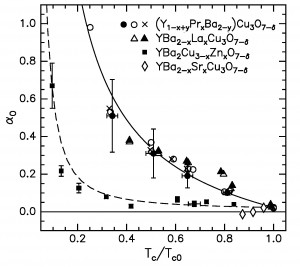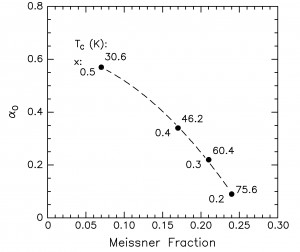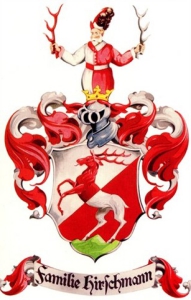Isotope Effect in High-TC Superconductors, D. R. Harshman J. D. Dow and A. T. Fiory [slides]
For high-TC superconductors in which transition temperatures TC are reduced by doping, the oxygen isotope effect OIE coefficient in TC is shown to increase systematically with the pair-breaking rate and with the valence difference between the substituted and native ions. Moreover, the OIE in TC tends to zero as one approaches optimum or ideal stoichiometry at which the quality of the superconducting condensate is maximized. In materials with isovalent substitutions, e.g., Sr for Ba or Zn for Cu in YBa2Cu3O7−δ, the small OIE of the parent unsubstituted compound is magnified owing to pair breaking disorder. In materials with heterovalent substitutions, e.g., La or Pr for Ba, where carrier densities are necessarily changed, pair breaking induces a much larger OIE. A seminal case is Pr-doped YBa2Cu3O7−δ, where data were previously misinterpreted owing to the false assumption that Pr substitutes only for Y. It is now clear, however, that the decrease in TC observed with Pr doping actually arises from pair breaking caused by Pr-on-Ba-site defects introduced during crystal growth. When PrBa2Cu3O7−δ is grown correctly without such defects, TC remains unchanged as in the case of most other rare-earth substitutions for Y. Invariance of TC under a 60% rare-earth mass increase provides strong evidence against phononic pairing mechanisms. The fact that TC drops when Pr substitutes for Ba but not for Y indicates that the superconducting hole condensate resides in the BaO layers, where pair breaking degrades TC and dramatically increases the OIE. Superconductive pairing modeled on Coulomb coupling between the hole BaO and the electron CuO2 layers is shown to resolve the serious shortcomings inherent in approaches based on electron-phonon interactions and is found to be generally applicable. Moreover, the OIE in the magnetic penetration depth in alloys is shown to be constant, with degradation of TC up to 50%, and thus is unrelated to the OIE in TC.
D. R. Harshman, J. D. Dow and A. T. Fiory, Phys. Rev. B 77, 024523 (2008).
Reply to “Comment on ‘Isotope effect in high-TC superconductors’ ” [arXiv] Our paper on the isotope effect in high-temperature superconductors with cation substitutions presents a comprehensive analysis rooted completely in the experimental evidence. In this Reply we show that pairbreaking disorder, isotope effects, doping-induced variations in TC and in the magnetic penetration depth, Coulomb’s law, and Anderson’s theorem are treated with correct physical and mathematical fundamentals. In contrast, the theory fostered in the Comment by Alexandrov and Zhao contradicts several specific experimental facts, eight of which are briefly discussed. Their Comment also uncritically repeats a previously discredited assertion of an isotope effect in the superconducting carrier mass, incorrectly assumes that cation doping continuously varies intrinsic superconducting parameters, unjustifiably assigns importance to data from samples with serious quality problems, and renders a false estimate of the pair-breaking strength.
D. R. Harshman, J. D. Dow and A. T. Fiory, Phys. Rev. B 80, 136502 (2009).













